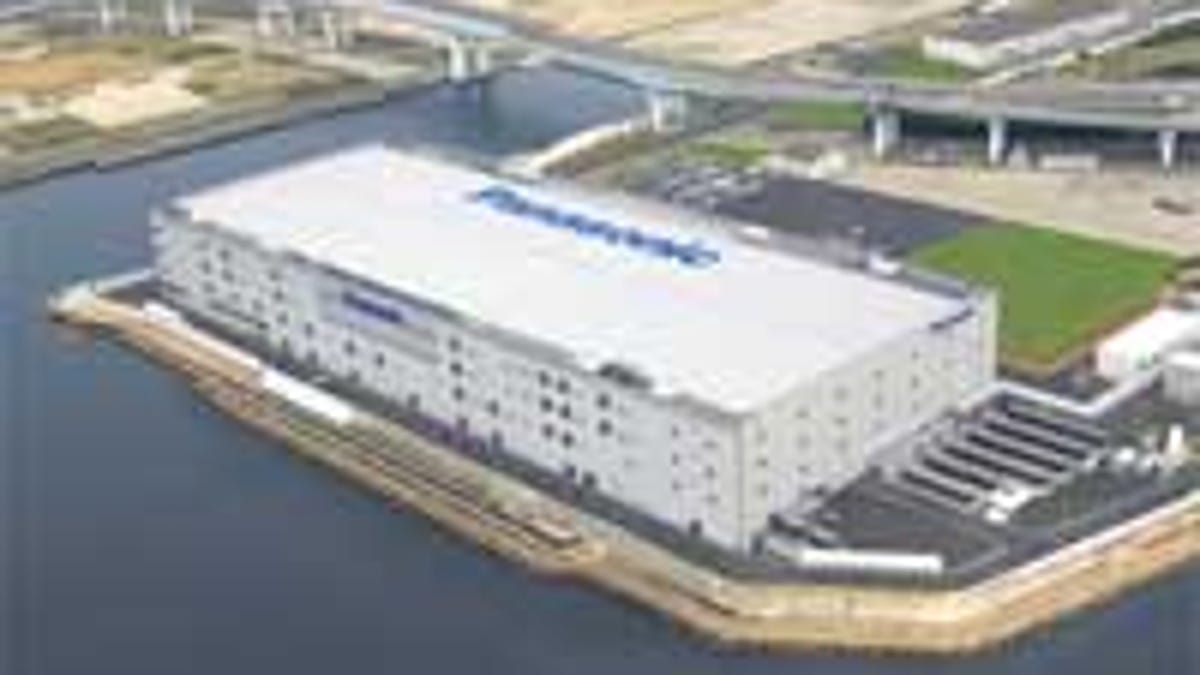Panasonic to pump up plasma production
Panasonic is betting its future on the proliferation of plasma TVs by investing 180 billion yen (AU$2 billion) in a new plasma display panel (PDP) plant that will double its current production capacity.

Panasonic is betting its future on the proliferation of plasma TVs by investing 180 billion yen (AU$2 billion) in a new plasma display panel (PDP) plant that will double its current production capacity.
Scheduled to open in July 2007, the new facility, located next to one of its existing PDP factories in Amagasaki, Japan, will boost Panasonic's total production from five million units to more than 11.5 million panels per year when it reaches full capacity.
The company currently operates three factories in Japan and one in Shanghai. The plasma panels made in these plants are then shipped various international operations for assembly into TV displays.
According to Hiroyuki Nagano of Panasonic's PDP TV Business Unit, the new 147,000 square metre plant will be more efficient through material and process innovations and will implement a new multi-panel production system that will yield eight panels per glass sheet, up from the current six panels per sheet (calculated on the basis of 42-inch screen-size panels).
As an indication of how production technology has improved, Nagano said that Panasonic's first plasma factory, built in 2001 to produce 30,000 units per month, produced only one panel per glass sheet. The panels are now lighter, with glass thickness reduced from 2.8mm to 1.8mm, and panel power consumption has been cut by 48 percent in same time frame.
With Panasonic currently building six screen sizes of plasma panels -- 37, 42,50, 58, 65 and 103 inches -- the new plant will allow the company to enhance production efficiencies across all its factories as each production line will specialise by screen size.
The new plant's material handling systems will build on Panasonic's current use of AGVs (Automated Guided Vehicles) that move the large sheets of glass substrate through various cutting and polishing procedures. Controlled by a GPS-like internal navigation system, AGV automation means that it takes just 20 workers to operate the large floors that produce the front and rear glass plates in the existing Amagasaki plant.
Panasonic believes that the global PDP market will expand from 10 million panels this year to 25 million by 2010, so with the added capacity, it plans to maintain the 40 percent market share it claims to currently enjoy. The company sees the growth coming from commercial, educational and medical applications, as well as increasing home theatre use.
Pam Carroll toured the existing Amagasaki PDP plant as a guest of Panasonic.

